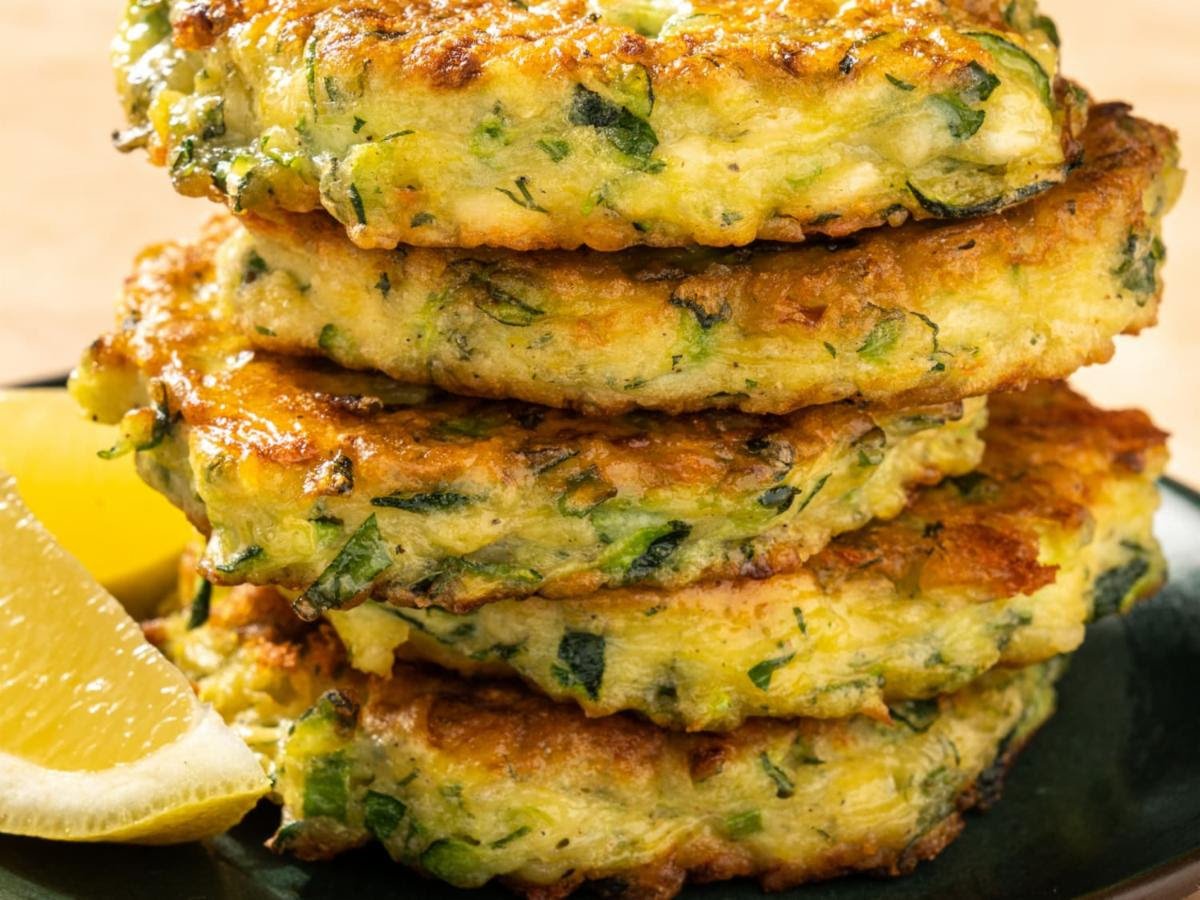By Mark Sisson
Most health and fitness writers don’t spend a lot of time on cartilage. As tissues go, it’s fairly isolated. It doesn’t contain blood vessels, so we can’t deliver blood-borne nutrients to heal and grow it. Cartilage has no nerve cells, so we can’t “feel” what’s going on. Doctors usually consider it to be functionally inert, a sort of passive lubricant for our joints. If it breaks down, you’re out of luck, they say.
But that’s what people used to think about bone, body fat, and other “structural” tissues: that they are inert rather than metabolically active. The truth is that bone is incredibly plastic, responding to activity and nutrition, and that body fat is an endocrine organ in its own right, secreting hormones and shaping the way our metabolism works. What about cartilage? Can we do anything to improve its strength and function?
Absolutely.
Cartilage is made of water, collagen, and proteoglycans, a protein-polysaccharide bond that provides elasticity. Right there we see one avenue for altering cartilage health—hydration.
Stay hydrated.
Go down to the pet store and look at the dehydrated tendons. They’re dry, stiff, and completely unmanageable. Go down to the Asian market and check out the fresh beef tendons. They’re slippery, pliable, and still tough as nails. Now consider that cartilage and tendon are made of very similar stuff. Without hydration, cartilage doesn’t slide as easily. It can’t do its job.
And once you have cartilage damage, hydration is even more important because damaged cartilage is harder to hydrate. In one study, researchers dehydrated and then rehydrated damaged pig cartilage and intact pig cartilage, finding that the damaged cartilage absorbed far less water than the intact cartilage.
Eat extra collagen/gelatin
Our need for and collective failure to obtain adequate dietary glycine underpins the growing bone broth/supplemental collagen industry. The reason why drinking broth and eating collagen makes so many people feel better is that we are providing a fundamental nutrient: glycine. See, our bodies need about 10 grams of glycine each day to maintain basic metabolic functions. We only make 3 grams, so 7 grams must come from the diet. A major function of glycine is to maintain and repair cartilage. If you’re training hard or trying to recover from existing damage, your glycine needs skyrocket.
Conclusive studies showing collagen rebuilding or buttressing cartilage are lacking, but we have hints. One study found that supplementary collagen improves joint pain in athletes who complain about their knees. And more recently, a study found that giving dietary collagen alongside Tylenol to patients with osteoarthritis improved joint pain and function over Tylenol alone.
My favorite ways to get collagen include bone broth, adding gelatin to pan sauces, and eating Primal collagen bars.
Move around a lot.
Motion is lotion. You need to walk. You should develop a daily movement practice, even if it’s just bodyweight squats while brushing your teeth and waiting for the train, your favorite VitaMoves routines while watching TV, or a good old fashioned rajio taiso.
Be sure to include mobility work, too, like the aforementioned VitaMoves, KStarr’s MobilityWOD, or MDA writings on joint mobility, foam rolling, and stretching. Many joint injuries occur because the tissues surrounding them—your muscles, your fascia, your major movers—are restricted, placing undo stress on the joint itself.
Read the rest of the article here:
View Article






















